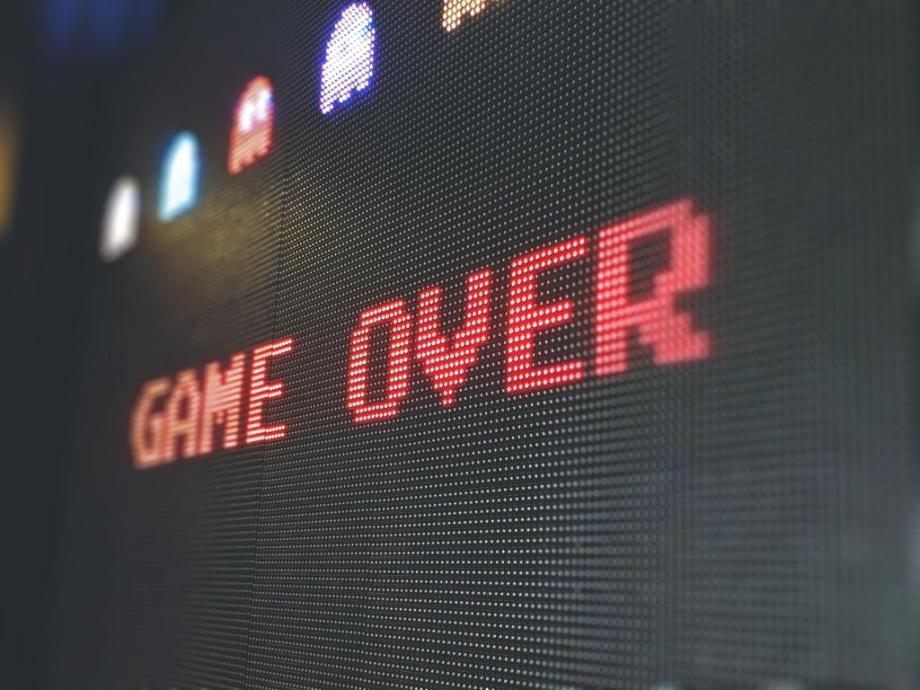If the start is the most important part of a presentation…
Then the end is the second most important.
As the words you leave your audience with, they're the most likely to be remembered.
And drifting into the theory for a moment, research tells us that the beginnings and ends of any experience always tend to be the most memorable.
So, how do you finish a talk in a way which truly impresses an audience?
The answer to that a little later.
But first, based on my experience, here are the three worst ways to conclude any form of public speaking or presentation:
The apology
I have no idea why people feel compelled to do this, but it is remarkably common.
It might be a lack of self-confidence, or simply paranoia.
But so often I see a speaker end by apologising for bothering an audience with their words, and seeking forgiveness for not putting more time and effort into their talk.
In fairness, this is certainly a way to leave a lasting impression.
Just not entirely a positive one!
The fizzle out
I sadly enjoy this one for its comic value, as it feels like something you might find in a sitcom.
It goes like this:
- So, that’s it… I think, anyway… Hang on, is there anything else I need to mention? No, I think that’s probably about all… Yes, that’s it, I think.
For me, this is the public speaking equivalent of a visit to the dentist.
It’s painful, and it just goes on and on and on.
The mad dash
I’m a huge fan of this for revealing who hasn’t got their timings anything like right.
Many presentations have a set time limit.
The speaker gets the sense they're approaching the cut-off point…
Which means they have to shift gear into hyperdrive.
They talk quicker and quicker and quicker, until the final few seconds are just a breathless babble.
Avoid this awful fate by leaving yourself leeway when you time your talk.
10% is about right.
If you’re trying to speak for 5 minutes, plan for about 4 1/2. If 10, aim for 9, and so on.
To reassure you here:
You’re not wasting any of your precious allocated time.
Something will always go wrong in a talk.
You'll lose your way, or a door will slam, or phone go off, forcing you to pause.
If you’re hard up against your time limit, that will probably make you panic and speed up.
Whereas if you’ve given yourself leeway, you'll be far more relaxed and effective in your presentation.
So, finally, given those far less than happy conclusions...
How to do endings properly?
The answer comes in three points:
- Sum up your story
- Do so memorably
- And emphatically
If I was pitching my company, Creative Warehouse, for example, I might say:
- So, if you need wonderful words, powerful presentations, and your story told with style, come talk to me about how we can help. Thank you.
That rhythm of three, with words, presentations, and story, makes my message memorable.
I’ve summed up my story by gathering together all we offer at Creative Warehouse.
Finally, the thank you at the end is a clear sign to the audience that I've finished.
Which is their cue to start clapping, cheering, throwing flowers, et cetera (hopefully).
And don't just take it from me.
I'll send this blog by looking at how those principles are put into action by a master of public speaking...
Abraham Lincoln, no less, with the ending of the iconic Gettysburg Address:
- This nation, under God, shall have a new birth of freedom, and that government of the people, by the people, for the people, shall not perish from the earth.
PS. This blog was inspired by a previous musing on the three worst beginnings to a presentation.
That generated a great deal of interest and comment.
If you’re interested, and haven’t already read it, you can see it here.
